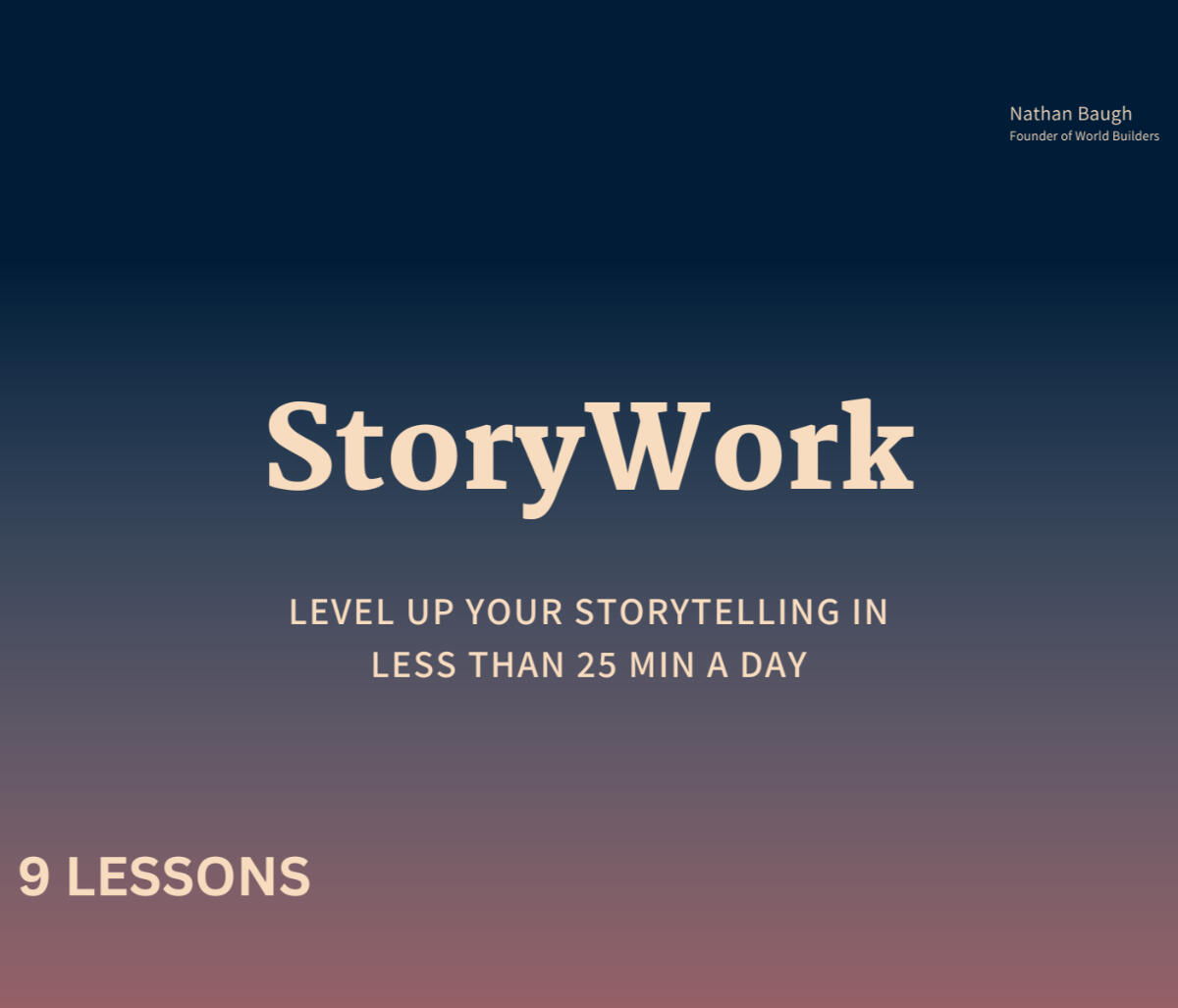- World Builders
- Posts
- The Power of Constraints
The Power of Constraints
Neil Gaiman’s 3-step process for boosting creativity and productivity
Welcome to 721 new World Builders. Each week, we study the best storytellers throughout history — from creatives to entrepreneurs — to become better storytellers ourselves.
Check out past pieces here.

One of the more terrifying challenges I’ve taken on is writing a 50,000-word book in one month (NaNoWriMo).
But… seven days in I hit a brick wall. I found myself with a measly 1,000 words, a dried up well of creativity, and no ideas to move forward or a clue how the story ended.
That’s not gonna cut it, so I went searching. Turns out:
The most prolific authors also struggle with “creativity block.” The world is full of distractions and things that are more fun than writing. But they’ve figured out how to design constraints to focus their attention on the most important task – crafting their story.
When researching I focused on authors who consistently produce and finish quality projects. Which meant ruling out George RR Martin (RIP, books 6-8).
I landed on Neil Gaiman. Neil rarely does interviews, but he’s sold over 45 million books, won Hugo Awards, and generally dominated the world of storytelling.
Good dude to listen to.
He went on the Tim Ferriss podcast in 2019. It’s a fantastic episode that covers his start as a young journalist to yelling at Amazon’s producers for not using enough explosions for the series adaptation of Good Omens.
Neil shares the three constraints he uses when writing or creating:
Tools
Space
Activity
Let's dig in.
Tools
The tools you use dictate your creative output. Writing on Twitter? Short, punchy, no nuance. Writing on LinkedIn? Longer, more fluff, more nuance.
Neil noticed the same phenomenon but applied to computers and pens:
If you’re writing on a computer, you’ll think of the sort of thing that you mean, and then write that down and look at it and then fiddle with it and get it to be the thing that you mean. If you’re writing in fountain pen, if you do that, you wind up with a page covered with crossings out, so it’s actually much easier to just think a little bit more. You slow up a bit, but you’re thinking the sentence through to the end, and then you start writing.
Computers let your writing balloon. Your story loses its shape and focus.
But writing with a pen forces you to consider every word, every sentence, before writing. Your story stays sharp.
Neil writes his first drafts in pen before moving to a computer for the second draft.
His other suggestions: Leuchtturm notebooks over Moleskines. Visconti fountain pens.
Space
Neil’s friend, Ian Fleming, wrote James Bond in two weeks. Excuse me?!
Ian booked rooms at the crappiest hotels in the most boring towns he could find. Then he stayed there until his book was finished.
Basically, he gave himself a crazy incentive (get back to normal life) to get the job done.
Neil adapts the idea to his own writing. But instead of going to the crappiest spots, he prefers the quietness of the beach.
You don’t need to take it to these extremes. The key is eliminating distractions in your environment.
No phone
No other tabs open
Definitely no Twitter
Ask yourself – does your creative space invite distraction? Mine certainly did.
Activity
Neil has a young son he’d rather play with than write. I’d rather shoot hoops. You probably have multiple hobbies you’d rather do than sit down and force yourself to write for long enough that something resembling a story comes out.
When sitting down to work, Neil gives himself two options:
Do nothing
Write
Neil can sit and do nothing. Just stare into space. Or write. After a few minutes, writing becomes a lot more appealing than doing nothing.
For me, forced boredom can be the unlock I need to get my brain moving. It can be for you, too.
Neil controls his external environment – the tools available to him and the space he occupies – while also limiting his own possible activities within that environment.
The three constraints:
Where you are
What tools you have
What activities you allow yourself
If you think of it like a four-sided yard, you now have three fences. Leaving you only one direction to travel.
The right constraints incentivize focus, creativity and, as a result, better stories.
— Nathan

A message from... Me!
The interest in this tweet blew me away...
One way to become a better storyteller:
Take your two favorite authors. I recommend one non-fiction and one fiction.
Copy, word for word, their best work. Do it by hand.
I chose Paul Kalanithi and Neil Gaiman.
It’s the single exercise that improved my writing the most.
— Nathan Baugh 🗺️ (@nathanbaugh27)
3:06 PM • Jan 5, 2023
In my experience, there are two ways to get good at storytelling:
Study the greats (what this newsletter is for)
Practice, practice, practice
I do a lot of practice through StoryWork.
And so many of you liked, commented, and sent me DMs about the practice I decided to turn it into a guided course for you.
Check it out:

Storyteller's Finds
📰 Newsletter: Bulletpitch – a weekly, bullet-point breakdown of one interesting startup
📹 Video: Rick Rubin’s interview with Kendrick Lamar felt like two introverts just kicking it, but they happen to be two of the most influential people in hip-hop
🧵 Thread: Ben Putano did a great breakdown of famous first lines from literary history
🖼️ Visual: Ben’s been on a role, also sharing this visual roadmap on copywriting for startups
🦜 Quote: “As far as I’m concerned, the second draft is where I try and make it look like I knew what I was doing all along.” – Neil Gaiman

What'd you think of today's newsletter? |
